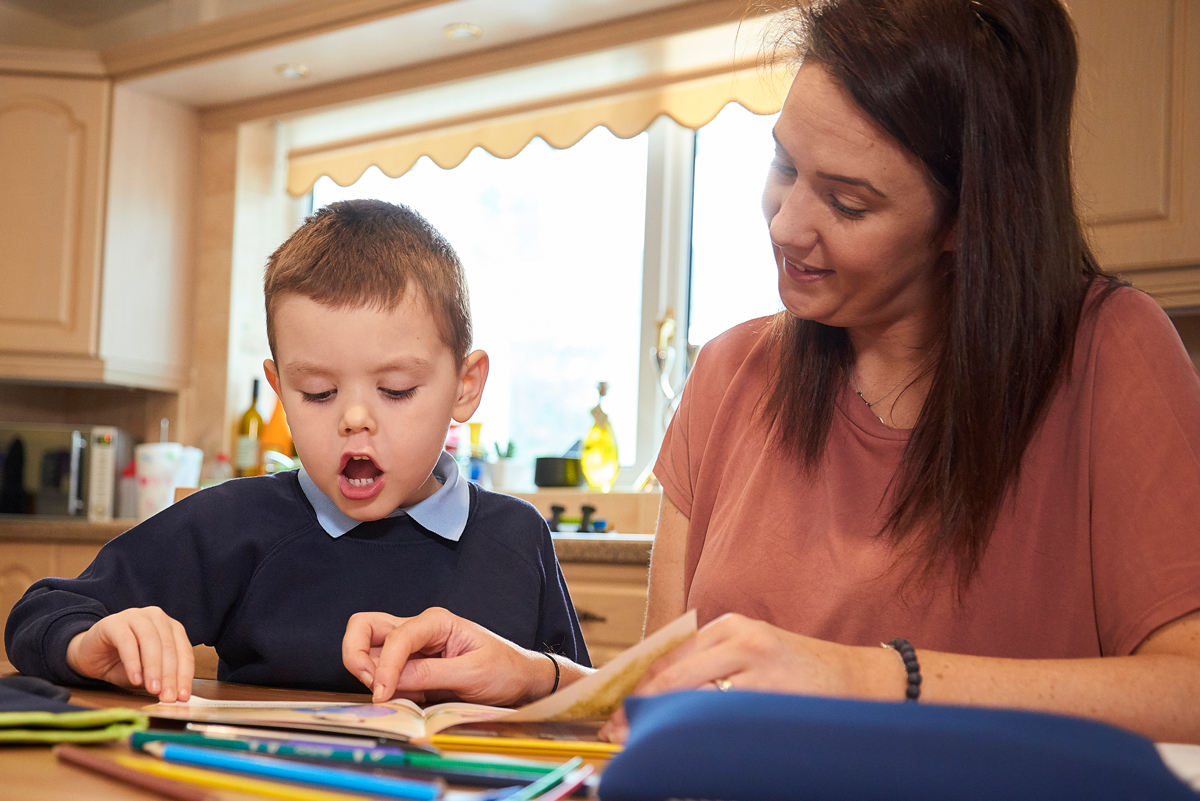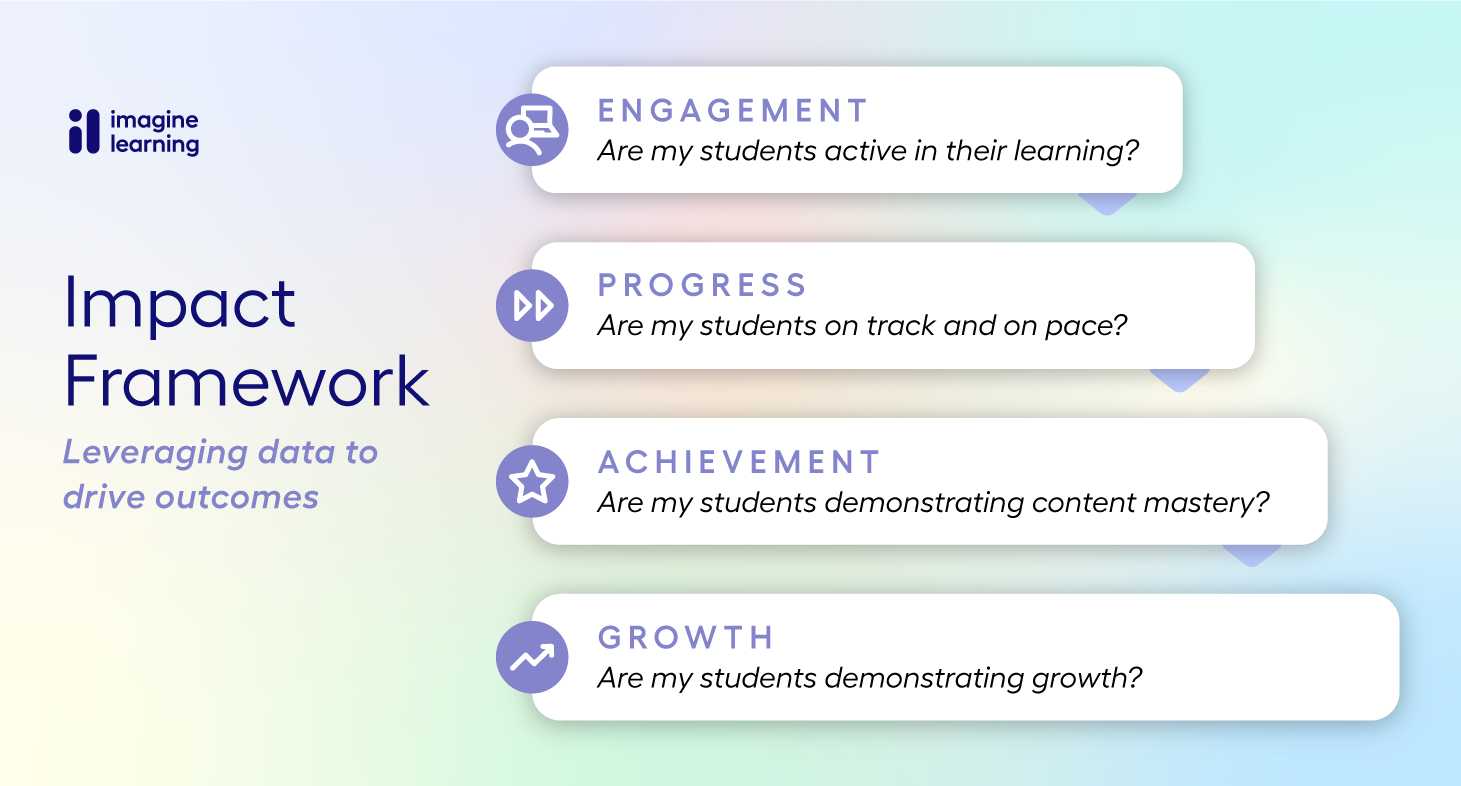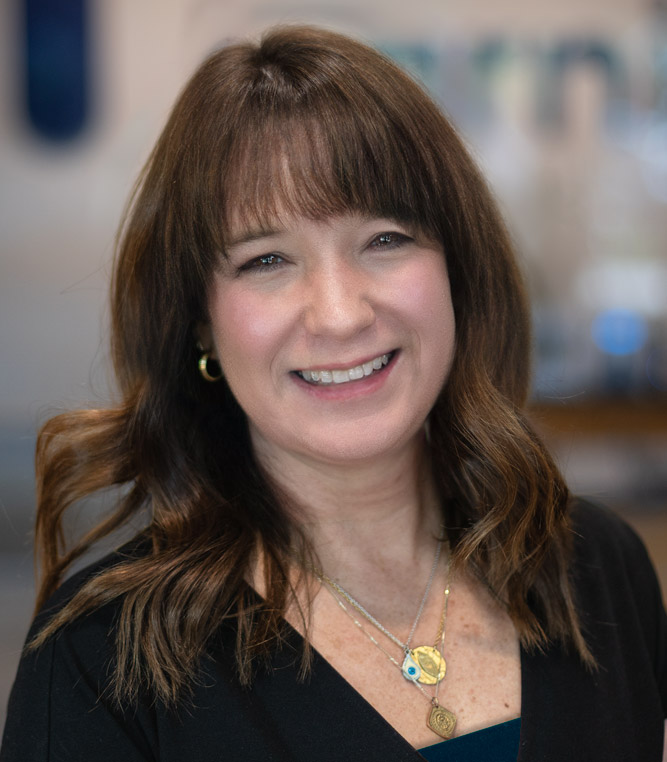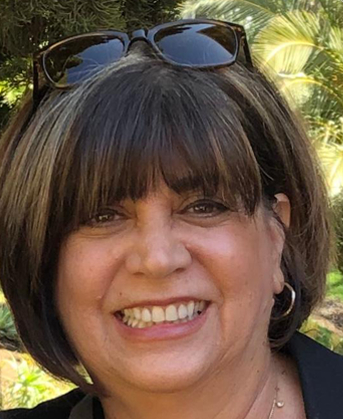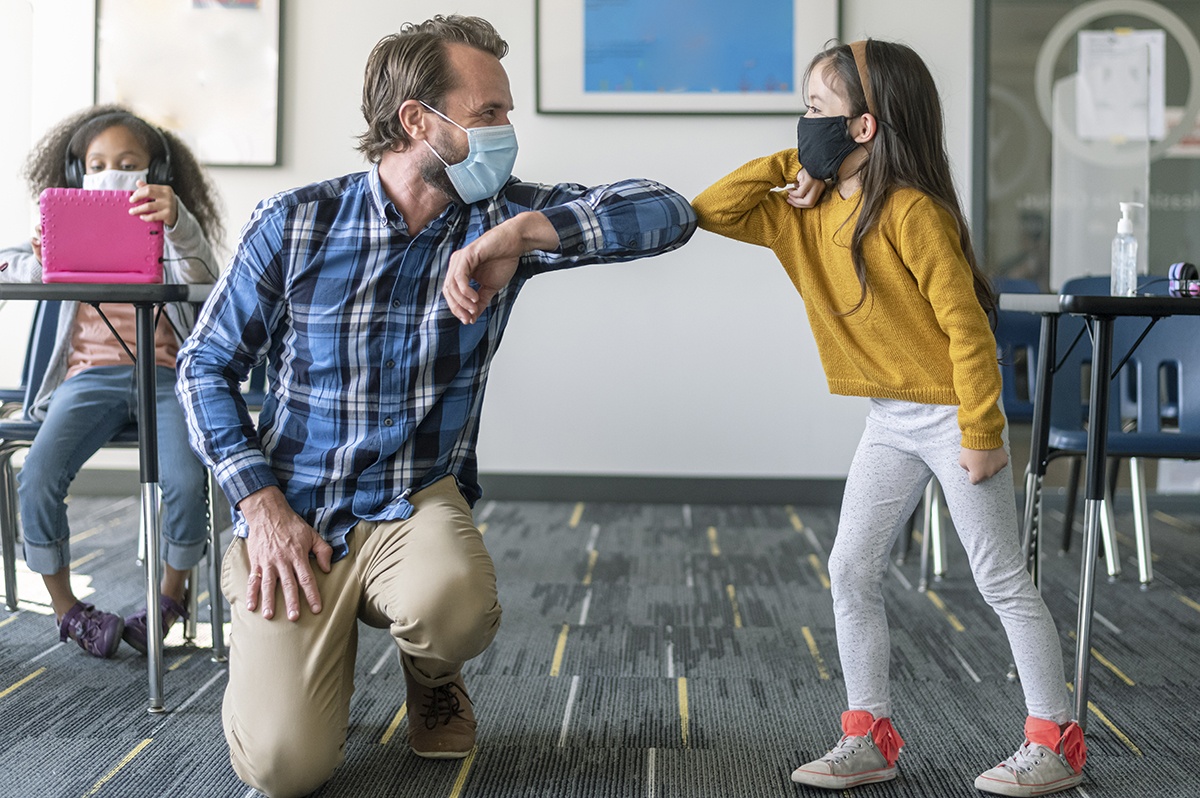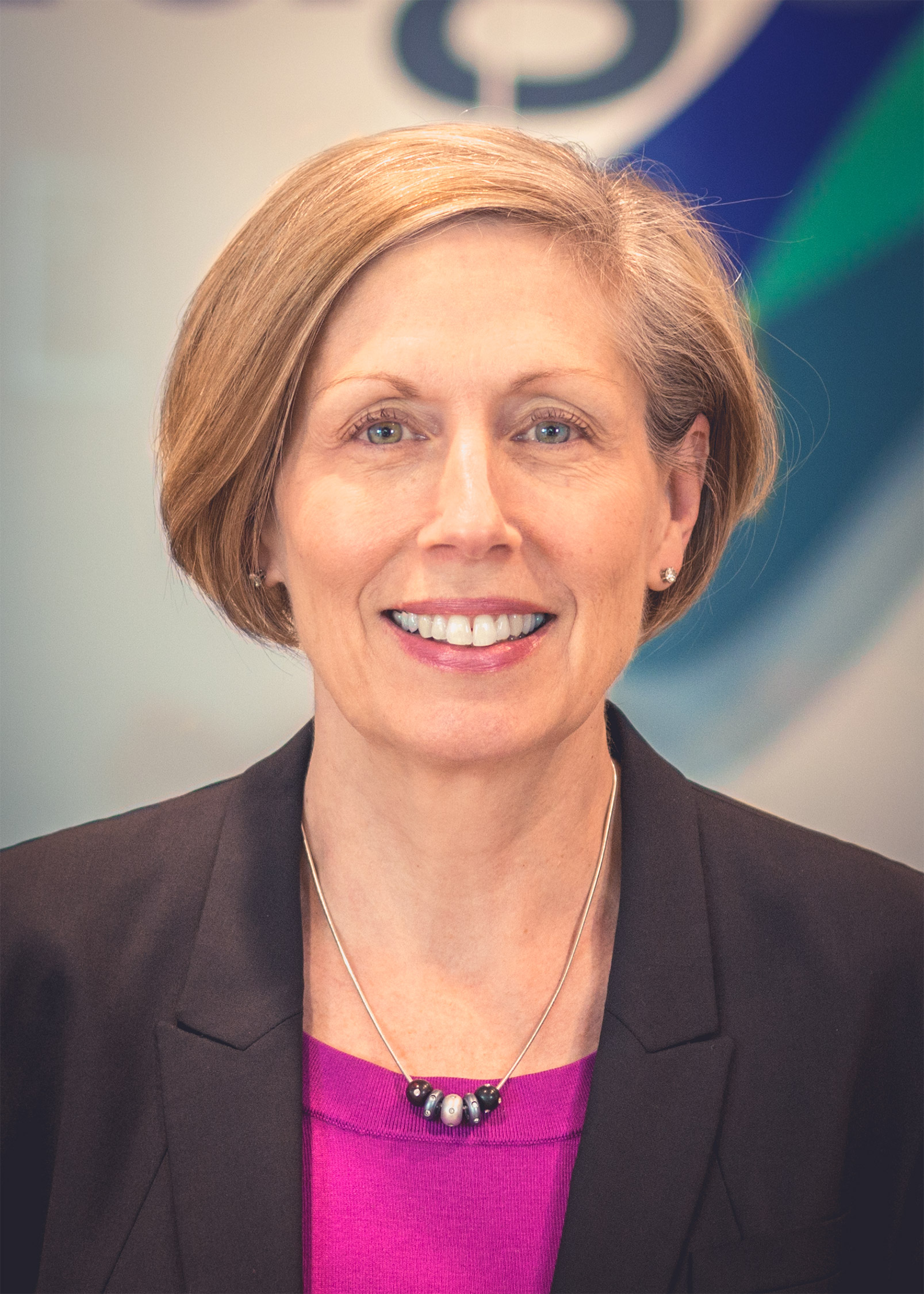April 3, 2024 6:17 pm
Navigating the Biden Administration’s Education Agenda
The president’s “Improving Student Achievement Agenda” aims to enhance education through focused efforts on absenteeism, tutoring, and extended learning. Here are three suggestions for how to align your district with those priorities, offering tangible paths to enrich student experiences and achievements.
Providing High-Dosage Tutoring Online
The Biden administration’s push for tutoring reflects the critical role it plays in student achievement. High-dosage tutoring, in particular, has been identified as a powerful tool in addressing learning gaps. Finding the staff to provide those much-needed one-on-one or small-group hours is a difficult task, especially given the nationwide teacher shortage.
Imagine School Services is the human branch of our company, providing real-life, caring, high-quality online educators. Students enrolled in Imagine Edgenuity’s online courses can access on-demand, one-on-one tutoring. This dual support system ensures students receive the focused help they need within the course and the option for individualized attention, making it a comprehensive solution to bolster academic success. We also offer Small Group Targeted Instruction. Schools identify students with similar educational needs and skill gaps, and we provide focused instruction for students online with a qualified interventionist. It’s an innovative solution for students in understaffed regions.
1.8x
Imagine Language & Literacy students at three districts across Texas achieved 1.8x greater growth on a standardized assessment compared to non-participating peers.
68.9%
of Imagine MyPath students in Stratford Independent School District exceeded yearly growth expectations on the MAP Growth™ reading and math assessments during the 2020–2021 school year.
108Q
Overall average annual Quantile growth for Imagine Math students in a 2021–2022 national analysis.
As education continues to adapt to new challenges and opportunities, administrators play a crucial role in shaping the future of learning. By thoughtfully leveraging ESSA funds in line with the Biden administration’s educational initiative, schools can provide students with the support, engagement, and opportunities they need to succeed. Through strategic investment in programs that address absenteeism, enhance tutoring, and extend learning opportunities, administrators can ensure that their schools not only meet the expectations set forth by the Biden administration but also set a new standard for educational excellence.
Imagine Learning is dedicated to partnering with educators in this journey, offering scalable, research-backed solutions that address the immediate needs of today’s students while laying the groundwork for tomorrow’s achievements.
